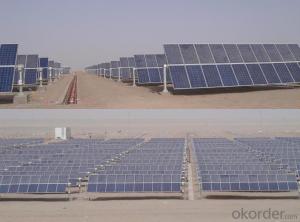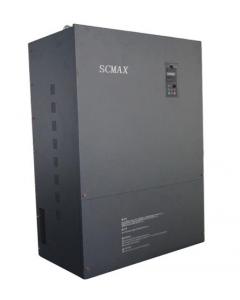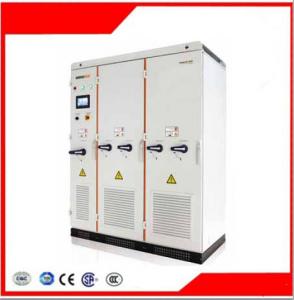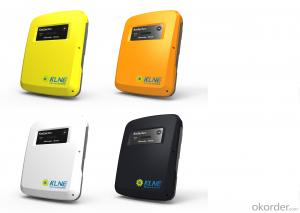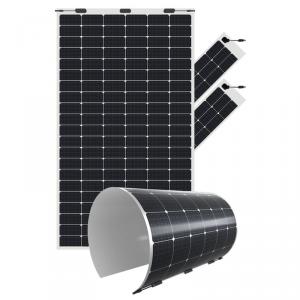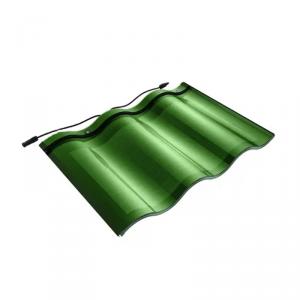Standalone Solar Inverter
Standalone Solar Inverter Related Searches
Stand-Alone Inverter Solar Solar Single Phase Inverter Single Phase Solar Inverter Small Solar Inverter Solar Based Inverter Solar Solar Inverter Solar Inverter Single Phase Smart Solar Inverter Portable Solar Inverter Solar Smart Inverter Solar Energy Inverter Smart Inverter Solar Solar Powered Inverter Solar Small Inverter Smart Solar Power Inverter Solar Electric Inverter Automatic Solar Inverter Sunshine Solar Inverter Intelligent Solar Inverter Sun Solar Inverter Solar Photovoltaic Inverter Solar Rechargeable Inverter Solar Light Inverter Portable Solar Power Inverter Solar Hybrid Inverter Solar Battery Inverter Household Solar Inverter Hybrid Solar Inverter Solar Rooftop Inverter Solar System InverterStandalone Solar Inverter Supplier & Manufacturer from China
Standalone Solar Inverters are essential components in solar power systems, responsible for converting the direct current (DC) generated by solar panels into alternating current (AC) that can be used by homes and businesses. These inverters play a crucial role in ensuring that solar energy is efficiently harnessed and utilized, making them an indispensable part of any solar power setup.The application and usage scenarios of standalone solar inverters are vast, as they are employed in various settings where solar energy is harnessed. These include residential rooftop installations, commercial buildings, off-grid solar systems, and even in remote areas where access to traditional power sources is limited. By converting solar energy into usable electricity, standalone solar inverters contribute significantly to reducing reliance on fossil fuels and promoting sustainable energy practices.
Okorder.com is a leading wholesale supplier of standalone solar inverters, boasting a large inventory of high-quality products to cater to the diverse needs of customers worldwide. With a commitment to providing reliable and efficient solar power solutions, Okorder.com ensures that their standalone solar inverters meet the highest industry standards, making them a trusted choice for those seeking to invest in solar energy technology.
Hot Products


